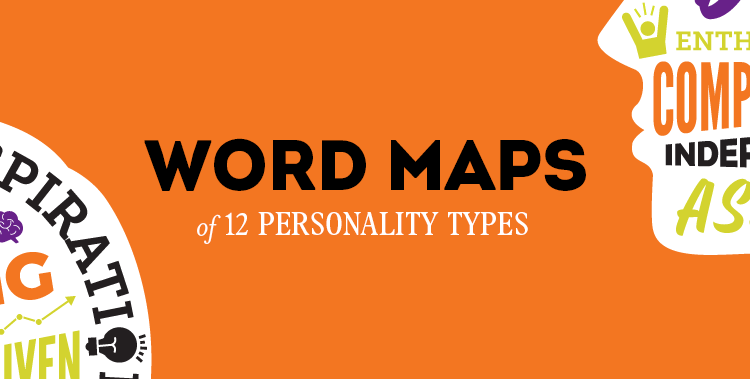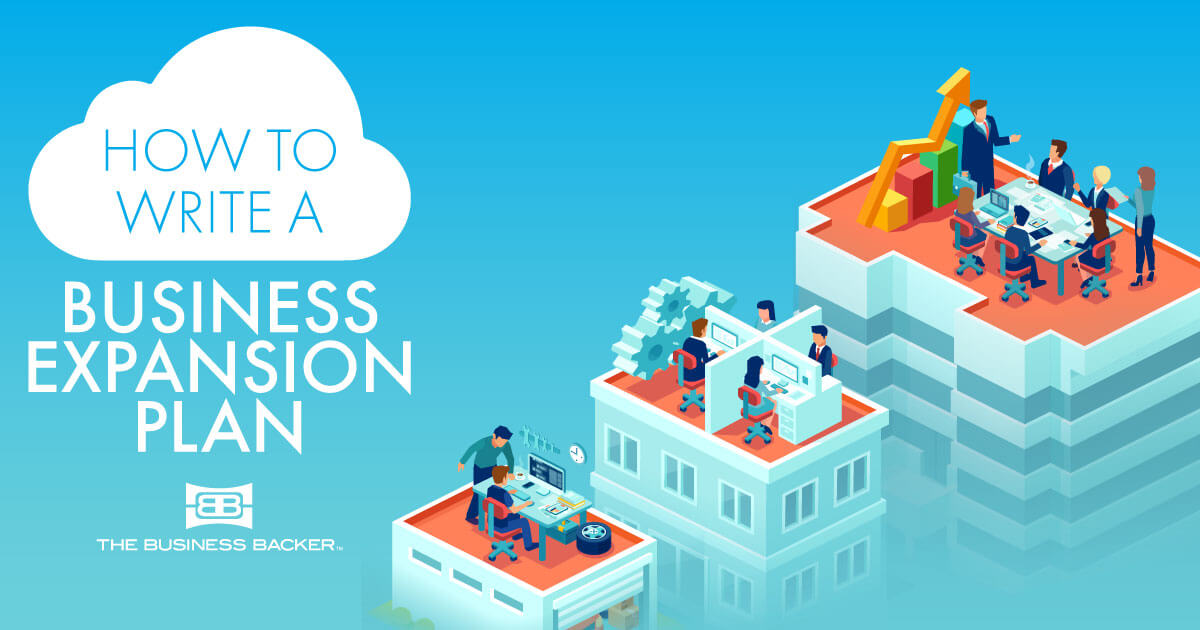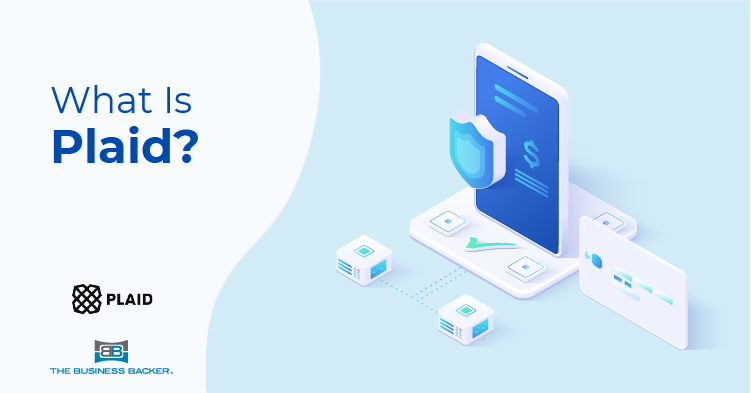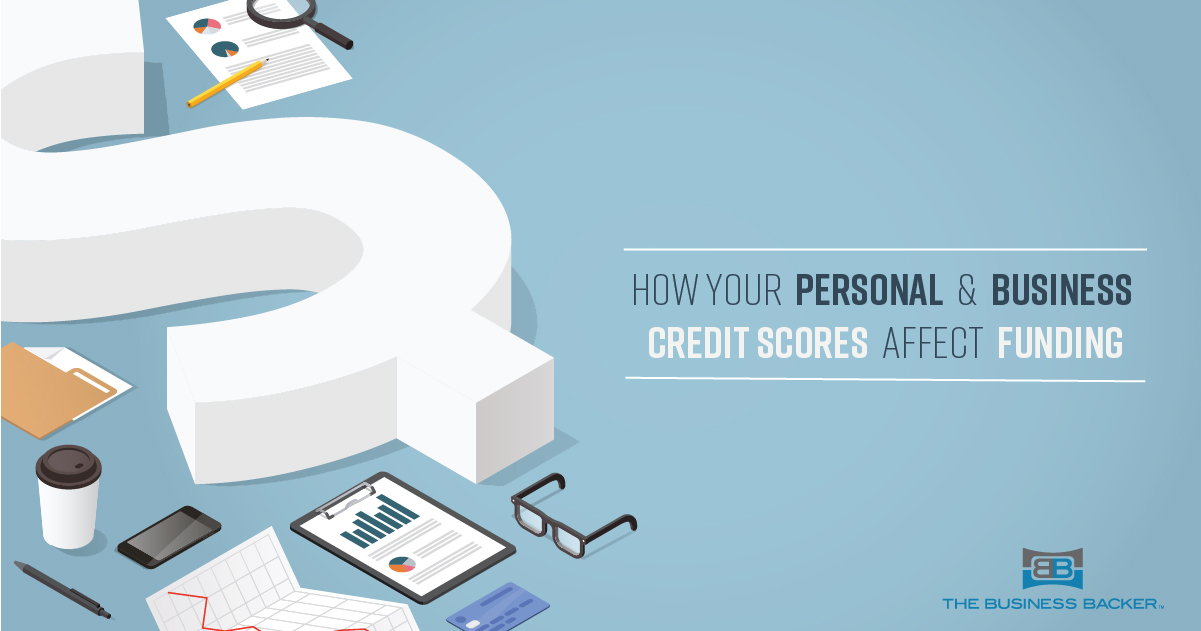SBA Loans + COVID-19: What You Need to Know Right Now
The passing of the COVID-19 relief package known as the Coronavirus Aid, Relief and Economic Security (CARES) Act provided much-needed relief to small business owners early in the pandemic. Approved March 27, 2020, the CARES Act allotted $377 billion of relief specifically for small businesses. Those funds were shared among three programs that provide loans, loan deferrals and forgivable grants/loans — all but $10 billion of which went to SBA loans or relief for businesses with existing SBA loans.
Since that time, a handful of revisions and updates have been made to federal relief options for small businesses. Be sure to read the full post to better understand the most recent changes. To find the most up-to-date information on COVID-19 relief programs, visit the SBA website.
What does the CARES Act offer?
The CARES Act provided businesses with a few relief options, most notably two types of SBA disaster loans: the Paycheck Protection Program (PPP) and the Economic Injury Disaster Loan Program (EIDL).
What is the Paycheck Protection Program?
The PPP was created to guarantee businesses the money they need to cover approximately eight weeks of payroll. This also includes funds to cover utility and rent costs. Specifically, at least 60% of the loan amount is required to be used for payroll, and the remaining 40% or less can be used for other expenses. If businesses are able to keep employees on their payroll or rehire them, the PPP loan may be fully forgiven with the right documentation.
Quick facts about PPP:
- Loan amounts: Up to 2.5x average monthly payroll (up to $10 million)
- Uses: Salaries up to $100,000 per position, payroll taxes, the interest portion of mortgage payments, rent and utility payments
- Rates: Fixed rate of 1%
- Terms: 2-year term with no prepayment penalties
- Other: The first six months of payments will be deferred
In order to qualify for PPP, the following must be true:
- You must have been operational on February 15, 2020 with employees for whom you were paying salaries and payroll taxes, including independent contractors.
- Have no more than 500 employees. Businesses with multiple physical locations may qualify so long as the total number of combined employees is below 500. Exceptions can be made if your business operates under NAICS code 72 (hospitality/restaurants), is a franchise on the SBA’s Franchise Directory or receives financing through the SBIC program.
- Be either an S-corp, C-corp, LLC, partnership, sole-proprietorship, independent contractor, self-employed individual, 501(c)(3) nonprofit, 501(c)(19) veteran’s org or a tribal business concern.
If you’d like to apply for a PPP loan, call your current bank or lending source directly to make sure they are an eligible lender for a First Draw loan. Then, visit the SBA to download and complete your application.
What are Economic Injury Disaster Loans?
EIDLs are low-interest working capital loans for small businesses suffering substantial economic loss as a result of the pandemic. This program includes the opportunity to apply for a $10,000 grant, which does not need to be repaid. The rest of the EIDL is not forgivable, but the usage of the funds isn’t as restrictive as a PPP loan.
Quick facts about EIDLs:
- Amounts: Up to $2 million
- Uses: Working capital and operating expenses
- Rates: Fixed rate of 3.75% for businesses or 2.75% for nonprofits
- Terms: Up to 30 years, based on repayment ability, with no prepayment penalty
In order to qualify for an EIDL, you must:
- Have been operational on January 31, 2020
- Have 500 or fewer employees
- This includes any private nonprofit that has 500 employees or fewer as well as businesses that meet the SBA’s size requirements
- Be either a tribal business, cooperative or employee-owned business
If you’d like to apply for an EIDL and $10,000 grant, you can apply directly on the SBA website.
Should I apply for an EIDL or the PPP?
There’s no harm in applying for both if you do qualify, but keep in mind that if you use the $10,000 EIDL grant money for payroll purposes, it will not be forgiven. If you qualify for both an EIDL and the PPP, consider the following questions to help you decide:
- What is my most pressing need for financial relief right now? If it’s payroll, a PPP loan may be your best choice, given the option for loan forgiveness. If it’s rent or mortgage, the $10,000 grant from the EIDL may be a better choice.
- Once things go back to normal, will I need the whole loan forgiven (PPP)? Or do I immediately need a large source of low-interest relief that comes with continued support over the next several years (EIDL)?
What updates were made to the PPP in the second stimulus package?
The second stimulus package passed in late December 2020, including $284 billion in additional funds for small business loans. It also included a handful of updates to the Paycheck Protection Program. Most importantly, since the original PPP had run out of funds, the stimulus bill reopened the PPP for any business that had not previously applied. It also expanded the program in terms of which types of businesses could apply, now allowing 501(c)(6) nonprofits, local news media organizations and housing cooperatives.
This second stimulus has made first-time PPP loans available through March 31, 2021, or until the funds are exhausted.1 Business owners looking to apply for a first-time PPP loan should contact their current lender, bank or credit union to see if they are accepting applications.
What updates were made to the PPP regarding qualifications and criteria?
All businesses that received a PPP loan in 2020 are now able to apply for a second loan up to $2 million if they meet the following criteria:
- The company has fewer than 300 employees
- The company had a 25% reduction in gross receipts during at least one quarter of 2020 versus the same quarter in 2019
$25 billion of Second Draw PPP loans is specifically reserved for businesses with 10 or fewer employees and loans for less than $250,000 in low- and moderate-income communities. Businesses that have received a First Draw PPP loan that wish to apply for a second loan should contact the same financial institution that issued their initial loan.
Another thing that changed with the second stimulus package was the eligible expenses for PPP loans. The 60% of the loan amount needing to go toward payroll is still the same, however the remaining 40% or less can be used for non-payroll expenses such as operational expenses, supplier costs, worker protection expenses and covering property damage costs.
What updates were made to the PPP regarding taxes?
There were a couple of updates regarding taxes. The original PPP loan program could reduce how much business owners could write off on their business taxes. The IRS would not let business owners deduct expenses that were paid for with PPP funds. This is now fixed, clarifying that PPP loans are not taxable and the IRS can’t limit deductions for costs paid for with PPP money.
The other tax-related change is the employee retention tax credit (ERTC). The CARES Act originally only allowed businesses to choose PPP or ERTC. Now, businesses can take advantage of both. It also expanded the ERTC in 2021 by now offering a maximum of $14,000 per employee through June 30, 2021.
What updates were made to EIDLs in the second stimulus package?
The second stimulus package also reopened the EIDL grant program with $20 billion in new funds set aside. This now allows more small businesses to apply. Additionally, a few changes were made to the criteria that the program prioritizes. Businesses that meet the following criteria will be first in line for this additional funding:
- Have 300 or fewer employees
- Experienced a more than 30% reduction in revenue during an eight-week period between 3/2/2020 and 12/31/2020 compared to a similar eight-week period in 2019
- Located in a census tract area that is eligible for a New Markets Tax Credit
If your business doesn’t meet all of the above criteria, you are still able to apply, but your business will not have priority.
The second stimulus bill also revised some of the rules about the grants so businesses can now receive the full $10,000 grant without PPP loan forgiveness being reduced.
What other notable updates were made with the second stimulus package?
Live venue operators that have been negatively impacted by the pandemic were provided aid via a new grant program. $15 billion in grants was set aside specifically for concert venues, museums, independent movie theatres, theatrical producers, talent representatives and more. In order to qualify, live venue operators must have had a reduction in revenue of 25% or greater. Other qualification requirements include a majority of revenue coming from ticket sales and having specific equipment, such as projectors or speakers. These requirements were included to differentiate from bars and restaurants with performance spaces, which likely would not qualify.
What updates has President Biden made to the PPP?
After President Biden took office, he made a change to the PPP to focus on the smallest businesses first. In order to do so, he implemented a two-week window that only allows businesses with fewer than 20 employees to apply for loans. This window began February 23 and ended March 9.2
In an attempt to improve equitable distribution of the loans, changes were made to help sole proprietors, independent contractors and self-employed individuals receive funding by revising the program’s funding formula. Of those businesses, the ones without employees are 70% owned by women and people of color. Additionally, at least $1 billion is being reserved for businesses in that category.
Lastly, President Biden eliminated restrictions that prevented business owners with prior non-fraud felony convictions from obtaining funds through the PPP; and allowed business owners who are lawful U.S. citizens to apply using an Individual Taxpayer Identification Number. This makes it easier for those with green cards or a visa to receive aid.
Will a third stimulus package include updates to PPP and/or EIDLs?
A third stimulus package was passed by the U.S. House of Representatives and the Senate, re-approved by the House of Representatives with changes, and, at the time of publication, is expected to be signed into law by President Biden on March 12, 2021.
This third package, called the American Rescue Plan Act of 2021, includes:
- $15 billion for targeted EIDL advance payments
- $7 billion for the Paycheck Protection Program
- $25 billion for restaurants, bars and other eligible food and drink providers
- $1.25 billion for shuttered venue operators
- $15 billion in grant money for the airline industry, and an additional $8 billion for airports.3
Updates to the PPP include expanded eligibility for nonprofits, internet-only news outlets and periodical publishers with more than one physical location.
The targeted EIDL advances are meant to reopen and extend the Economic Aid Act, which has run out of funds. The new stimulus package will allow applications from any applicants who had previously applied for a Targeted EIDL Advance under EAA and did not receive the amount they were entitled to due to lack of funds. This will take place during a 14-day period after the American Rescue Plan Act is enacted into law.
28 days after enactment, a different 14-day period will open in which the SBA can make grants of $5,000 to “severely impacted” small businesses. Those businesses could be eligible if they’ve suffered an economic loss of more than 50% and have 10 or fewer employees. After that window, businesses with 10 or fewer employees and losses of between 30% and 50% would come next.
References
1U.S. Chamber of Commerce. (n.d.). Small Business Update: The Latest Stimulus Details and Changes to PPP Loans.
2ABC News. (February 22, 2021). Biden announces changes to PPP loan program, with focus on smallest businesses.
3Journal of Accountancy. (February 27, 2021). House passes $1.9 trillion stimulus bill with a variety of small business relief.





